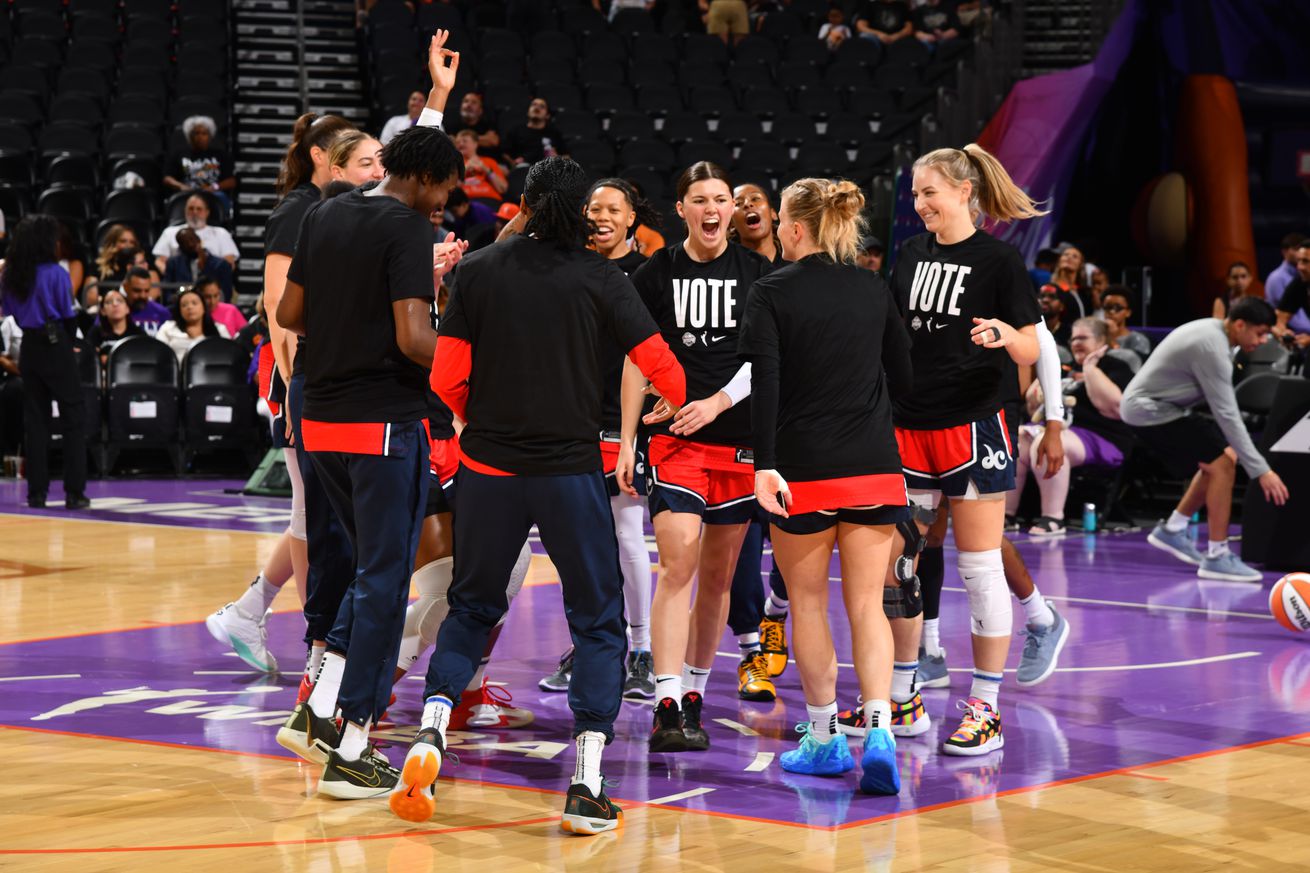
The WNBA is riding a wave of growth. But macroeconomic and political factors are also headwinds.
The WNBPA or WNBA Players Union decided to opt out of the current Collective Bargaining Agreement last October. But they could take this a step further. Last weekend, Chelsea Leite of SB Nation wrote that WNBA players will not rule out a strike before the 2026 season, where they initiate a work stoppage. This is different than a lockout, where the team owners initiate that stoppage.
Leite writes about why the WNBPA won’t rule out a strike. The WNBA is riding a wave of success. A landmark $200 million annual media rights deal kicks off in 2026 ($2.2 billion over 11 years), signaling serious commercial validation. Player visibility—from sophomore players like Angel Reese to Caitlin Clark—is skyrocketing.
WNBA Players are pushing for transformative change: higher salaries (which are definitely happening), fully chartered travel written into the CBA, enhanced retirement benefits, and equitable maternity protections. A strike threat could be the leverage they need to secure structural gains—not just individual perks.
I agree with all of these goals. But I also disagree with Leite’s assertion that the “players have all the leverage this time around.”
Here is why. The US GDP contracted in the first quarter of 2025 by 0.3 percent, driven largely by Donald Trump’s return to the White House and his economic protectionist agenda. A recession could be looming. Meanwhile, policy shifts suggest a more hostile environment for both non-American workers and LGBTQ individuals—of whom many WNBA players are members.
Even with the new media deal and growing fanbase, the WNBA may cite economic uncertainty as a reason to stall or scale back commitments.
Bottom line: the WNBPA and the WNBA must push forward—but neither side can afford to overplay their hand.
Let us know your thoughts in the comments below.
